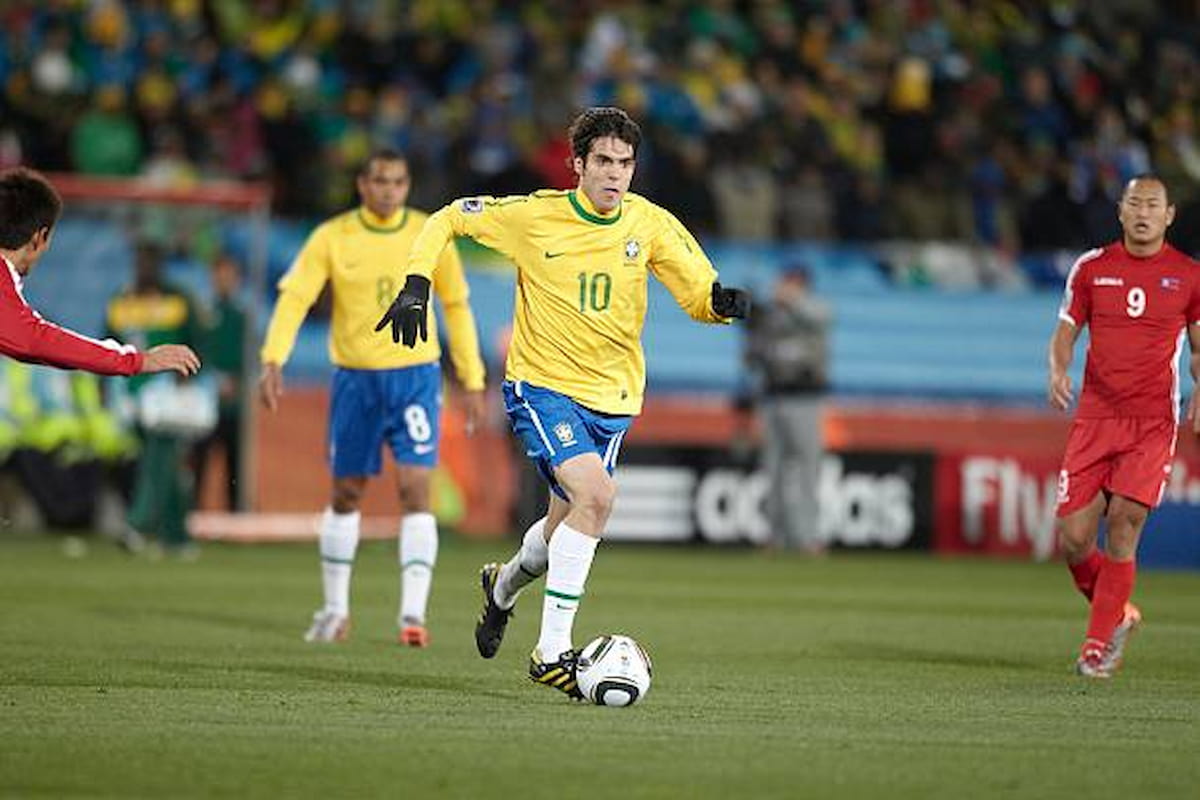- COMPANY INFO
- About Us
- Wholesale Price
- Dropshipping
- MOQ
Download App

In soccer, few positions hold as much appeal as the number 10. This role goes beyond tradition—it's ingrained in the sport's essence. The concept of numbering players emerged to instill discipline, aligning each of the 11 team members with a specific task.
The number 10 isn't merely an attacker; they act as a vital link between midfielders and the forward line. Whether in a 4-2-3-1, 4-4-2, or even a 4-3-3 formation, this position requires a level of skill and brilliance that sets players apart.

Reserved for the most exceptional talents, the number 10 isn't for just any soccer player. Football history showcases legends like Lionel Messi and Mesut Özil, whose combination of passing, dribbling, and vision elevated the position's popularity.
These players don't just break through tight defenses; they can single-handedly score goals. As football evolves, so does the role and responsibilities of the number 10.

Having a number 10 in a team or formation brings several benefits, particularly in terms of creating scoring opportunities for the strikers and forwards.
The number 10 thrives in the space between the opposition's defense and midfield lines. This becomes especially effective when facing teams that employ the traditional 4-4-2 formation, which has become less popular in recent times.
Moreover, the number 10 can exploit gaps in the opposing backline by drawing defenders out of position through clever movement. This forces defenders to abandon their posts while pressing, allowing the number 10 to either drive the ball forward or make a decisive pass.
By being a constant threat and making intelligent runs, the number 10 diverts attention away from the primary goal threat, typically the center-forward. This creates additional space and freedom for the strikers to operate, giving them more time to choose their target and execute their finishes effectively.
Defensively, the number 10 plays a crucial role in counter-attacking situations, providing an extra body for quick transitions from defense to attack. They serve as a vital link, delivering key passes into strategic areas to initiate swift attacks.
Furthermore, the number 10 can support the center-forward in pressing higher up the pitch, applying pressure to the opposition's defense and disrupting their buildup play.
Overall, the presence of a skilled number 10 enhances a team's attacking prowess, facilitates the creation of scoring opportunities, and offers defensive support in crucial moments.
One significant drawback of fielding a number 10 is their potential defensive vulnerabilities, which can place a burden on the rest of the team.
In modern football, number 10s are expected to contribute defensively as well, actively participating in the team's pressing to regain possession and swiftly transition from defense to attack.
While number 10s can be extremely dangerous when in possession of the ball, their effectiveness can diminish when they are without it. Additionally, with the evolution of modern formations, the need for a traditional number 10 can be diminished or even render their role less efficient and impactful.
The frequent rotations and positional role changes on the pitch may also force a number 10 into unconventional roles and positions, which can sometimes make them a liability rather than an asset to the team.
Throughout history, several players have left an indelible mark as some of the best to have ever played in the number 10 position. Let's take a look at a few notable modern number 10s who have excelled in this role:
Özil is widely regarded as one of the most creative number 10s in the game. Whether at Real Madrid or Arsenal, his intelligent passing, deceptive touches, and remarkable vision have consistently troubled opponents.
Müller, known for his versatility, brought a distinct style to the number 10 position. He combines combative defensive work with effective pressing. Müller excels at connecting passes to the center-forward, but his true strength lies in finding goal-scoring positions and making well-timed runs beyond the striker.

Undoubtedly one of the greatest football players of all time, Lionel Messi stands tall as the best number 10 in the history of the sport. His role often involves drifting into pockets of space, creating opportunities, and orchestrating the play. With his exceptional passing, assists, and prowess in set-pieces, Messi embodies the essence of a classic number 10.

Considered an African football legend, Jay-Jay Okocha is undoubtedly one of the most iconic number 10s in history. His mesmerizing dribbles, audacious tricks like the rainbow flick, and unparalleled skill set set him apart as one of the greatest dribblers the game has ever seen.
In addition to these standout players, there are other notable mentions who have left their mark as some of the greatest number 10s in football history. Players like Paulo Dybala, Diego Maradona, Dennis Bergkamp, Juan Román Riquelme, Kaká, Michel Platini, David Silva, and Zinedine Zidane have all made significant contributions to the legacy of the number 10 position.
HIGHLIGHTED PRODUCTS